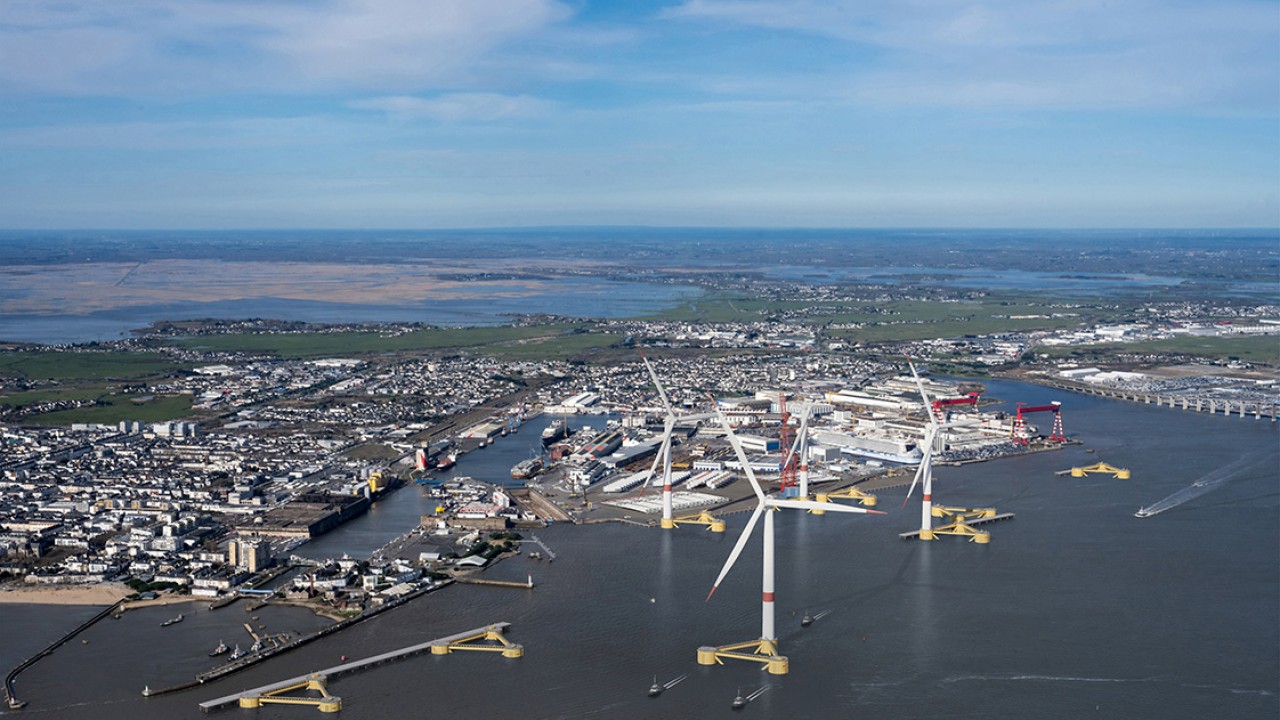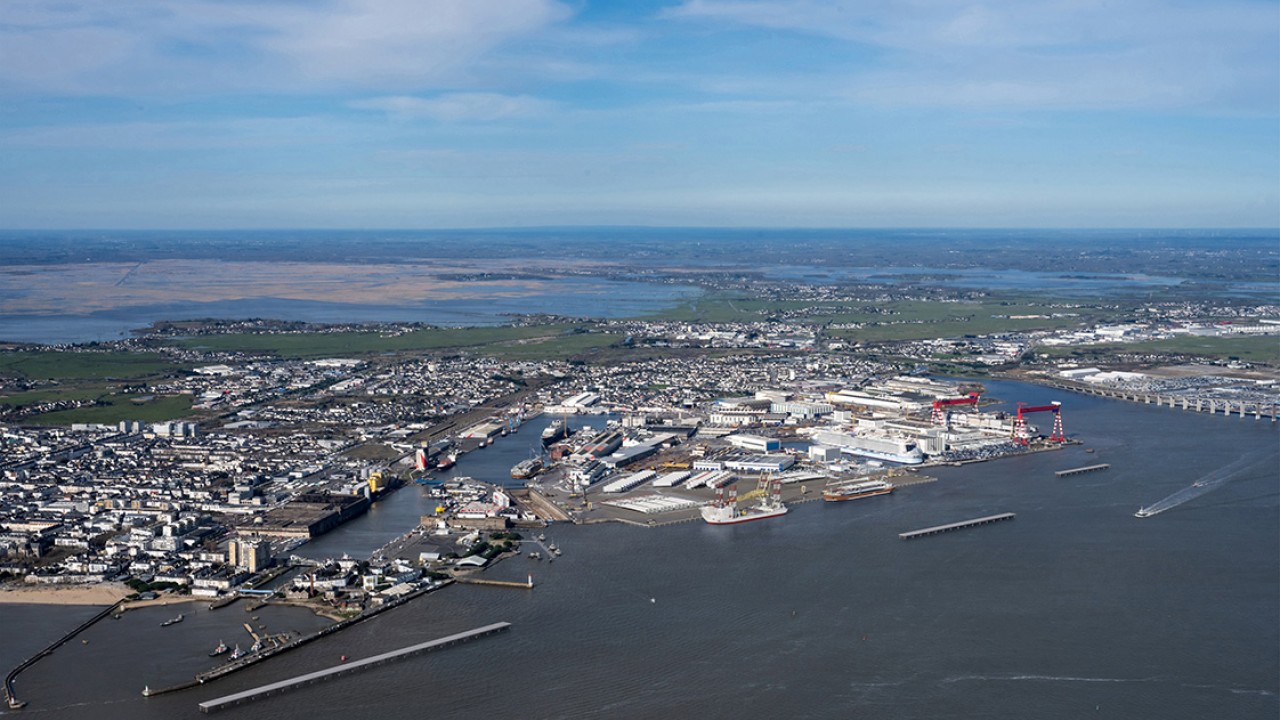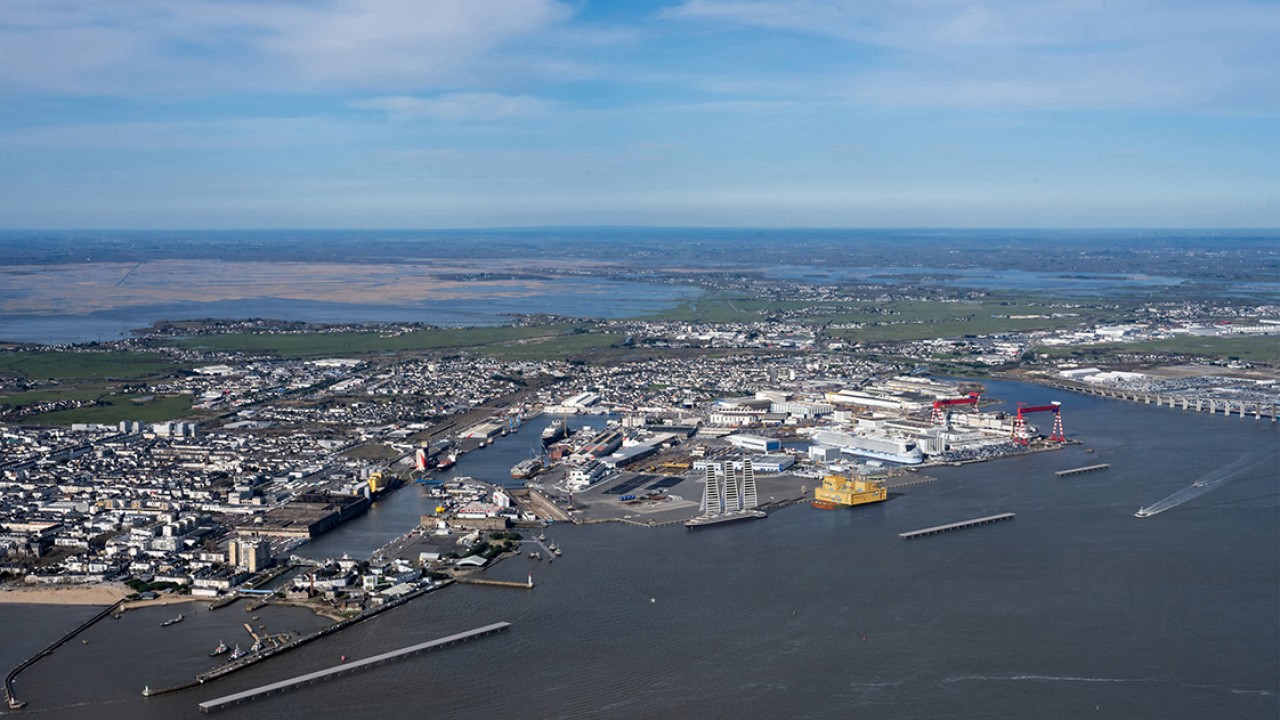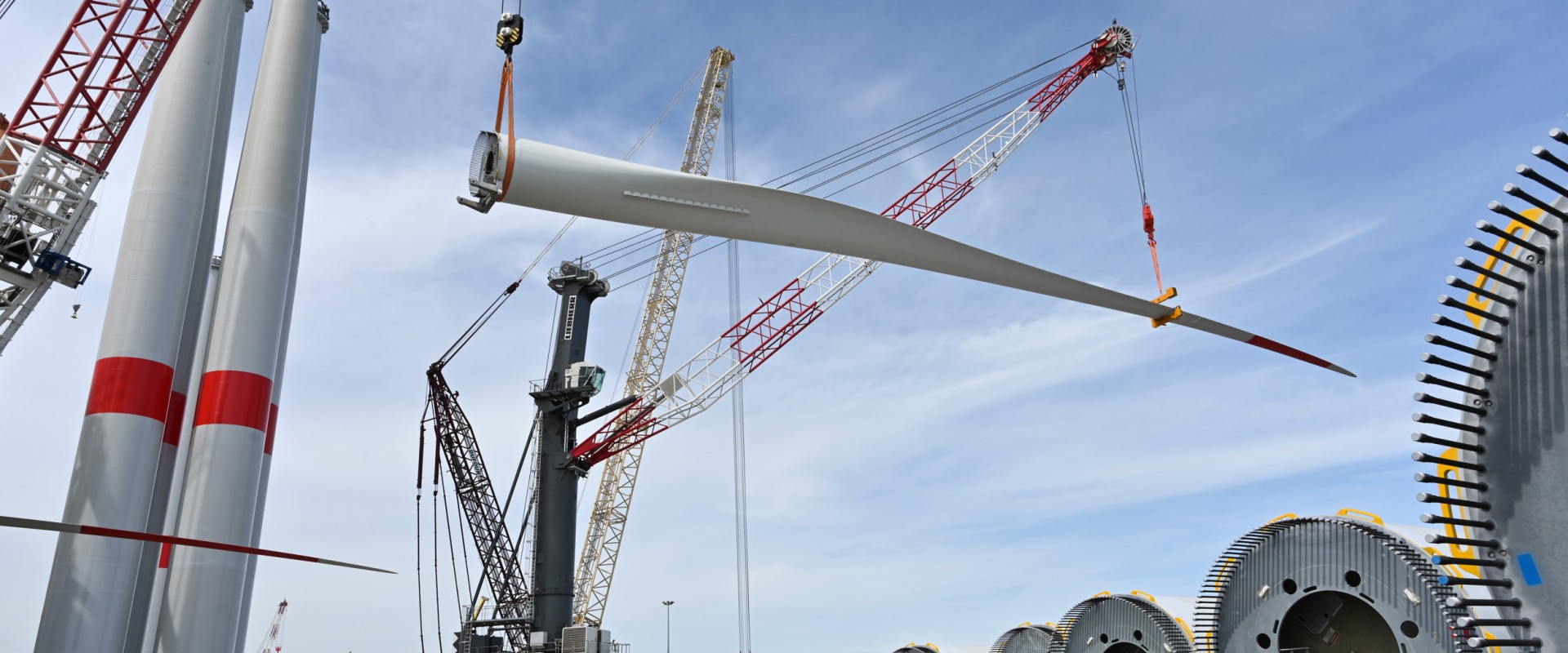
Éole, the assembly platform for tomorrow's offshore wind turbines
Able to draw on its skills and experience in relation to fixed-foundation wind turbines with the Saint Nazaire offshore wind farm, Nantes Saint-Nazaire Port is looking to adapt its infrastructure to support the deployment of high-power offshore wind power with the Éole project.
The Éole site will serve as an assembly platform for tomorrow's installed and floating wind turbines, and will be made available to the industry to store and assemble wind turbines for future wind farms along the Atlantic seaboard. The site will also be available to other industries in the region.
The ÉOLE Project : a Key Asset in the Deployment of Floating Wind Power Generation projet EOLE
The Éole site is an assembly platform for installed and floating wind turbines. It will be used for the deployment of future offshore wind farms along the Atlantic seaboard. Located in Saint-Nazaire, on the industrial-port site that was the birthplace of the Saint-Nazaire wind farm, it will mainly comprise a 780 m quay, storage facilities for components on land and on the water, and a special pontoon for service vessels.
The Éole project aims to meet the needs of wind energy manufacturers and operators from 2030. It will benefit the region's industrial and economic fabric. In addition to wind energy, the Éole platform can be shared according to the timetable and deadlines of the port's manufacturers.
Markers about Eole Project
- A 780 m quay to assemble the floating wind turbines (using a crane) and berth the jack-up vessels for the wind turbines, with the possibility of accommodating other industrial activities.
- An onshore storage area for blades, mast sections, nacelles, turbines, tools and crane components, etc.
- Storage facilities on the water for 8 wind turbine floats awaiting assembly.
- A pontoon for service vessels to accommodate the tugs responsible for transporting the floating wind turbines, and any operating vessels.
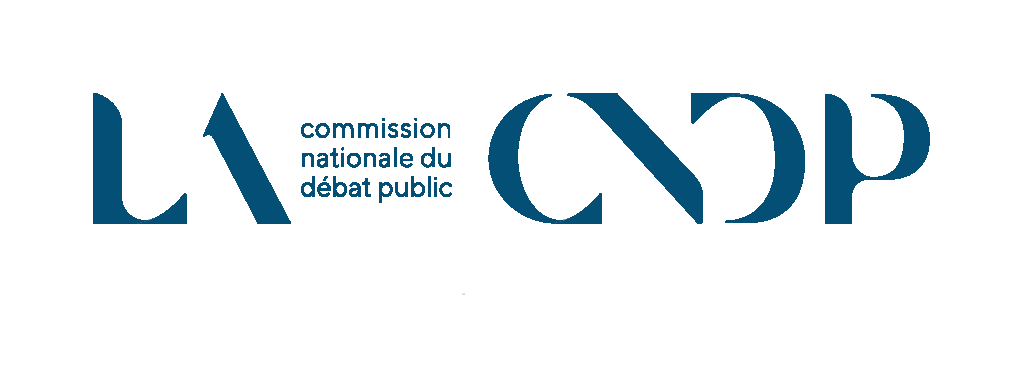
From 23 September to 23 November 2024, Nantes Saint-Nazaire Port organised a preliminary consultation, under the auspices of the CNDP, to inform local residents, regional stakeholders and industry players, and involve them in the Éole project.
The project has now entered a phase of ongoing consultation.
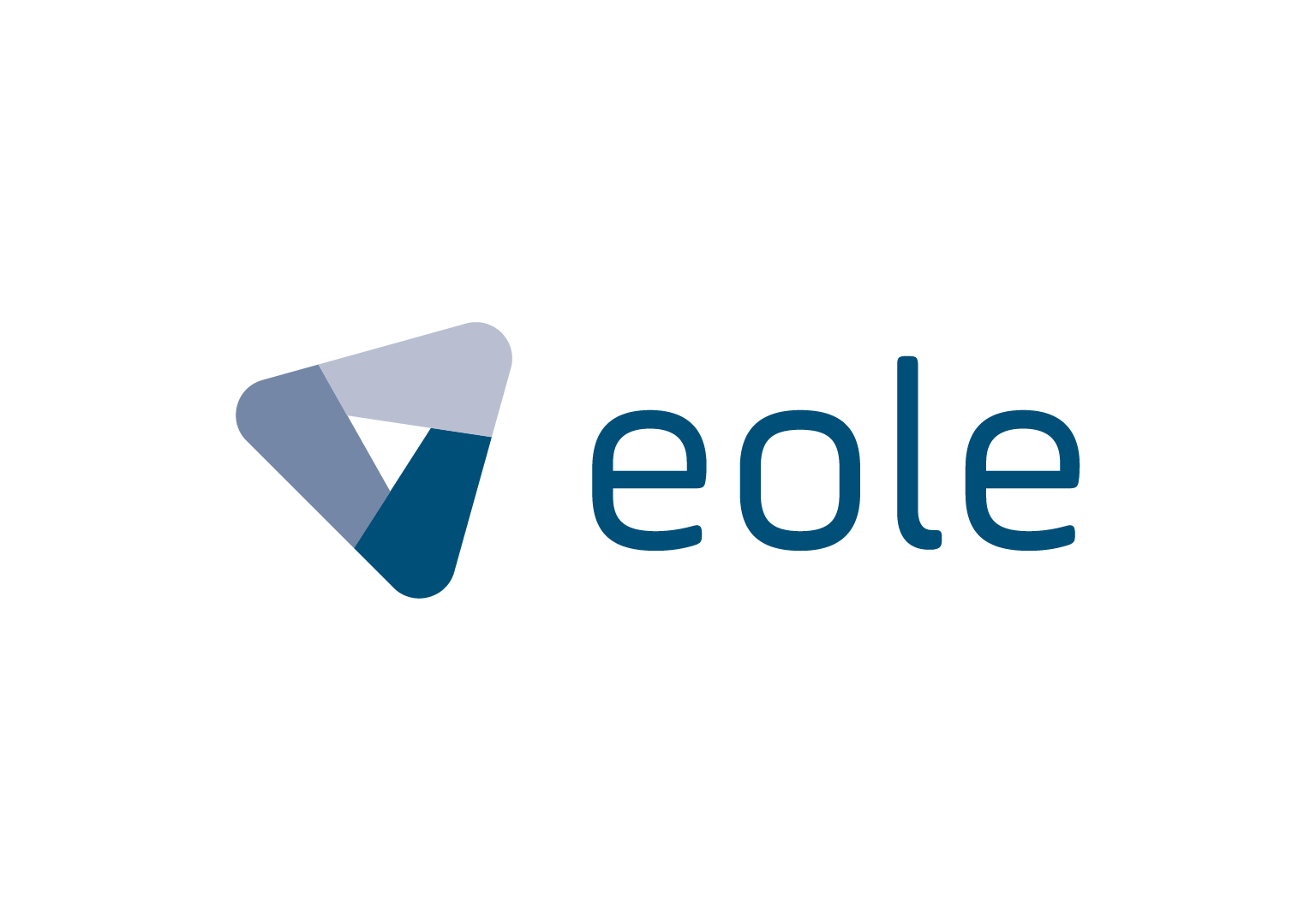
Consult the preliminary consultation file
- To download the file click here
- To visit the participatory platform: participez.eole.port.fr
A Project Supported at Local, National and European Level

The ÉOLE project is an integral part of Nantes ‒ Saint Nazaire Port’s 2021-2026 strategic plan, and more particularly in terms of the aim of delivering successful energy and ecological transition. The Supervisory Board of Nantes ‒ Saint Nazaire Port has therefore given the go-ahead to the studies that are necessary for the project’s design.
The European Commission is contributing to the financing of the studies concerned within the framework of the Connecting Europe Facility (CEF) programme and ADEME, as part of the France 2030 study program.. Furthermore, the studies relating to the development of a dedicated infrastructure for floating wind power in Saint Nazaire are included in the Central Government − Pays de la Loire Regional Authority Planning Agreement.
